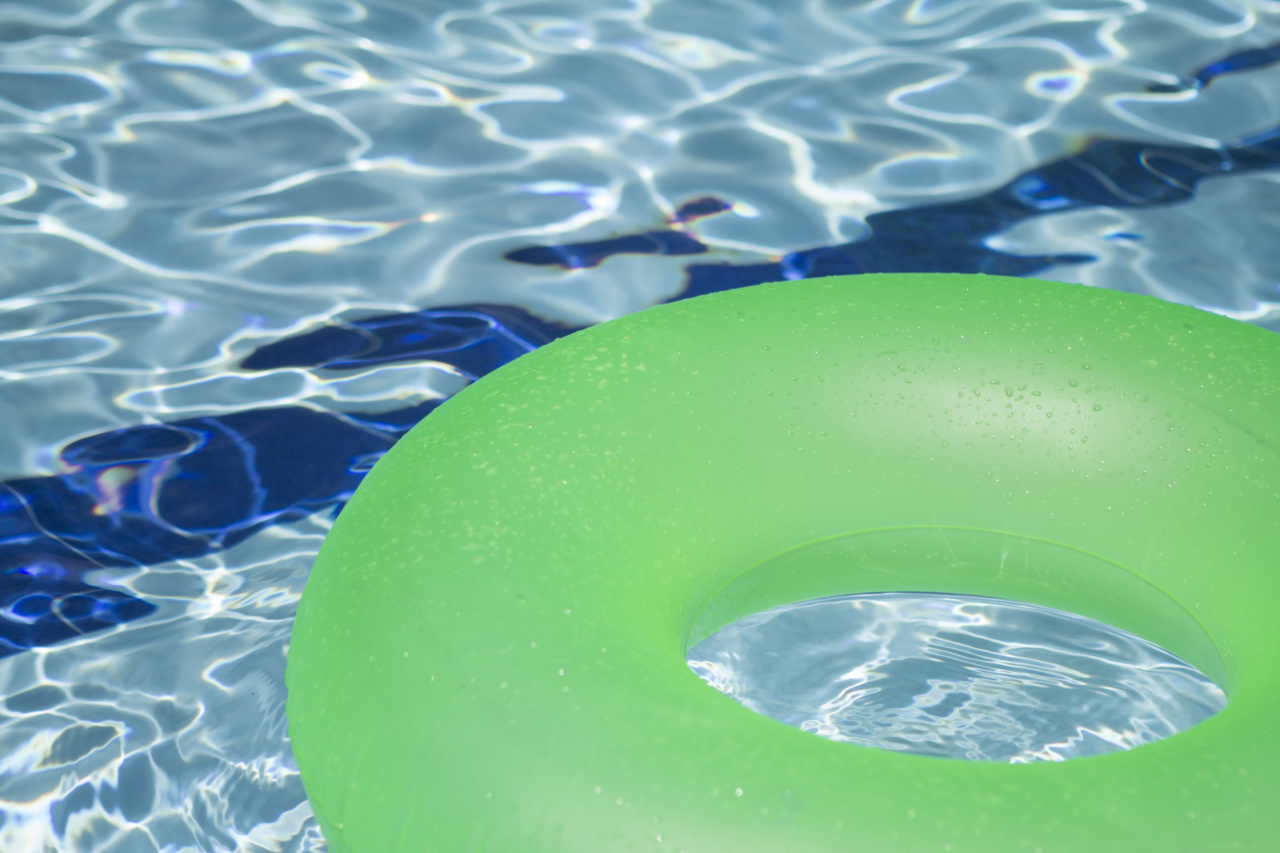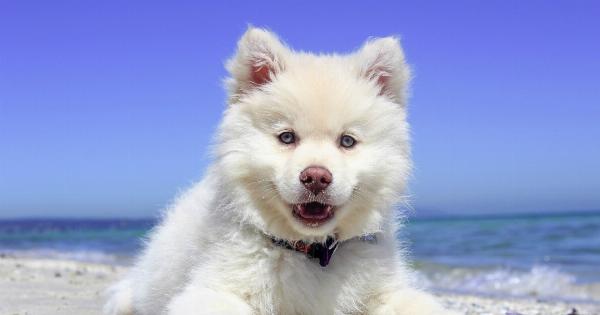As the weather gets warmer, many dog owners look for fun and refreshing activities to keep their furry friends entertained. One such activity is a doggie swim day, where dogs can enjoy the water and cool off on a hot summer day.
However, before heading out to the nearest swimming spot, it’s important to properly prepare to ensure a safe and enjoyable experience for both you and your dog. This comprehensive guide will provide you with all the information you need to have a successful doggie swim day.
1. Choosing the Right Location
The first step in preparing for a doggie swim day is to find the perfect location. Not all bodies of water are suitable for dogs, so it’s important to choose a spot where dogs are allowed and where swimming is safe.
Popular options include dog-friendly beaches, lakes with designated dog areas, and swimming pools specifically designed for dogs. Research the local rules and regulations to find a location that suits your dog’s needs.
2. Ensuring Your Dog Can Swim
Before taking your dog for a swim, it’s crucial to ensure that they can actually swim. While some dogs are natural swimmers, others may struggle or even be afraid of the water.
Begin by introducing your dog to shallow water and observe their comfort level. If your dog is hesitant, consider taking them to a professional dog swim coach who can help them gain confidence in the water through proper training and conditioning.
3. Pack the Essentials
Just like humans, dogs also need some essentials for a day at the water. Make sure to pack the following items:.
- Towels: Bring extra towels to dry off your dog after swimming.
- Large water bowl: Keep your dog hydrated throughout the day.
- Life jacket: If your dog is still learning to swim or is a breed prone to water-related issues, consider using a life jacket for added safety.
- Water toys: Dogs love to play while swimming, so don’t forget to bring their favorite water toys.
- Sunscreen: Yes, dogs can get sunburn too! Apply a dog-friendly sunscreen on your dog’s exposed areas, especially if they have a thin coat or light-colored fur.
- Dog-friendly snacks: Reward your pooch with some tasty treats after their swim session.
4. Safety First
Prioritizing safety is crucial when it comes to a doggie swim day. Here are some important safety tips to keep in mind:.
- Never leave your dog unattended near water, especially if they are not yet confident swimmers.
- Watch out for currents and strong tides that may pose a danger to your dog.
- Check the temperature of the water before allowing your dog to swim, as extremely cold or hot water can be harmful.
- Keep an eye out for signs of fatigue or distress in your dog when swimming. If they are exhibiting any unusual behaviors, immediately take them out of the water and seek veterinary attention if necessary.
- Encourage your dog to take breaks and rest. Swimming can be exhausting, especially for dogs who are not used to regular physical activity.
5. Introduce Your Dog to Water Gradually
If your dog is new to swimming, it’s important to introduce them to water gradually. Start with shallow areas where they can touch the ground and slowly lead them deeper. Use positive reinforcement and encourage them with treats and praise.
Remember, patience is key, and never force your dog into the water if they show signs of fear or distress.
6. Practice Good Water Etiquette
When enjoying a doggie swim day, it’s essential to practice good water etiquette to ensure a positive experience for everyone involved. Some tips to follow include:.
- Always clean up after your dog and dispose of waste properly.
- Respect designated swimming areas and follow any specific rules or guidelines set by the location.
- Keep your dog under control and prevent them from disturbing other swimmers or wildlife.
- Be aware of any potential hazards in the water, such as sharp rocks, broken glass, or marine life, and guide your dog away from them.
7. Rinse and Dry Your Dog
After your doggie swim day comes to an end, it’s crucial to rinse and dry your dog thoroughly to maintain their hygiene and prevent any water-related issues.
Rinse off any chlorine, saltwater, or lake water from their coat, paying extra attention to their paws and ears. Dry them with a towel or use a pet-friendly hairdryer if necessary to avoid any skin irritations.
8. Monitor Your Dog’s Health
While swimming is generally a safe and enjoyable activity, it’s important to monitor your dog’s health before, during, and after a swim day.
Look out for any signs of skin irritation, ear infections, or gastrointestinal issues that may have been caused by exposure to water. If you notice any unusual symptoms, consult your veterinarian for appropriate treatment.
9. Make It a Regular Activity
Doggie swim days can be a great way to keep your dog entertained and active during the summer months. If your dog enjoys swimming, consider making it a regular activity.
Regular swimming sessions can help improve your dog’s cardiovascular health, muscle tone, and overall well-being. Just remember to take necessary breaks and never overexert your furry friend.
10. Have Fun and Enjoy the Day with Your Dog!
The most important aspect of a doggie swim day is to have fun and enjoy the day with your beloved furry companion. Cherish the moments of laughter, playfulness, and bonding with your dog as they frolic in the water.
After all, nothing is more rewarding than seeing your dog happy and content!.






























